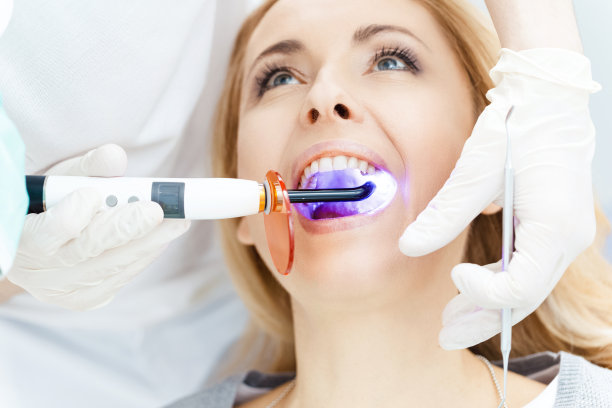Important Precautions to Ensure Optimal Results After Receiving a Dental Filling Treatment
Summary: Dental fillings are a common treatment for cavities and offer patients relief from pain and improved functionality of teeth. However, optimal results depend on the care taken after the procedure. This article highlights important precautions that patients should follow to ensure their dental fillings last longer and maintain their integrity. It discusses the importance of avoiding specific foods immediately after treatment, adhering to strict oral hygiene practices, scheduling regular dental check-ups, and recognizing the signs of any complications. By adhering to these guidelines, patients can maximize the effectiveness of their dental fillings and promote overall oral health.
1. Avoid Certain Foods After Treatment

After receiving a dental filling, one of the most critical precautions to take is to avoid specific foods and beverages that might affect the filling. Immediately following the procedure, dentists typically recommend that patients refrain from consuming hot or cold foods and drinks. This is because recent filling work can be sensitive to temperature changes, prompting discomfort or even potential damage to the new filling.
Additionally, its advisable to avoid sticky foods such as caramel, taffy, or chewing gum, as they can pull at the filling and cause it to loosen. Hard foods, such as nuts or hard candies, should also be avoided in the immediate periods after the treatment. Choosing softer foods and gradually reintroducing regular food types can help ensure the longevity of the filling.
Lastly, patients should pay attention to food textures and, when in doubt, consult their dentist about what can be safely consumed after receiving a filling. Proper dietary choices contribute significantly to how well a dental filling holds up over time.
2. Maintain Strict Oral Hygiene Practices
Oral hygiene plays a pivotal role in preserving the integrity of dental fillings. After a filling, it is essential to continue with regular brushing and flossing routines. Patients should wait at least 24 hours post-treatment before resuming their rigorous oral care practices to avoid discomfort or dislodging the new filling.
Brushing twice daily and flossing once per day can help remove plaque and food particles around the filling, preventing decay from forming around the edges. Dentists may recommend using a soft-bristled toothbrush and an alcohol-free mouthwash to maintain healthy teeth and gums without causing irritation.
Additionally, using fluoride toothpaste can aid in remineralizing enamel and protecting against further decay, which is especially important after receiving a filling. Metal fillings, particularly, can attract plaque, which makes maintaining oral hygiene essential for ensuring that the filled area remains healthy.
3. Schedule Regular Dental Check-Ups
After receiving a dental filling, the importance of scheduling regular check-ups with your dentist cannot be overstated. These visits allow dental professionals to monitor the condition of the filling and the surrounding teeth, ensuring that no secondary decay develops. Regular check-ups are typically recommended every six months, but patients with fillings may benefit from more frequent visits to ensure that everything is progressing well.
During these check-ups, dentists can also perform professional cleanings, which help prevent plaque build-up that can exacerbate problems with fillings and lead to further dental issues. They can evaluate the fillings integrity and make any necessary adjustments or replacements if required.
Patients should communicate any unusual sensations or discomfort they feel regarding their fillings during these visits. Early detection of problems related to fillings can save time, alleviate pain, and reduce costs associated with potential additional treatments.
4. Recognize Signs of Complications
A crucial aspect of ensuring the success of a dental filling is recognizing signs of complications that may arise afterward. Patients should be vigilant for any discomfort or sensitivity that persists well beyond the initial healing period, as this could indicate a problem with the filling or a developing cavity around it.
Other warning signs include visible cracks in the filling, changes in the fillings color, or if it feels loose. If patients notice these symptoms, they should contact their dentist immediately. Ignoring signs of complications can lead to more severe dental issues, necessitating more invasive treatments later on.
Moreover, sudden pain while biting down or changes in how teeth come together can signal filling or bite issues that need professional attention. Being proactive about these symptoms significantly contributes to the overall health of a patients teeth and extends the life of their fillings.
Summary:
After receiving dental fillings, following the outlined precautions is vital for ensuring long-lasting, optimal results. By avoiding certain foods, maintaining excellent oral hygiene, scheduling regular dental visits, and recognizing signs of complications, patients can protect their dental work and enjoy healthier smiles. A proactive approach to care post-treatment greatly enhances the durability of fillings and promotes overall oral health.
This article is compiled by Vickong Dental and the content is for reference only.



